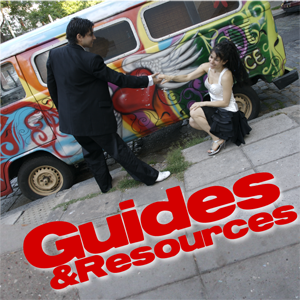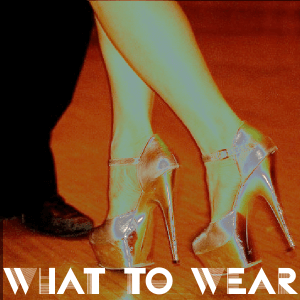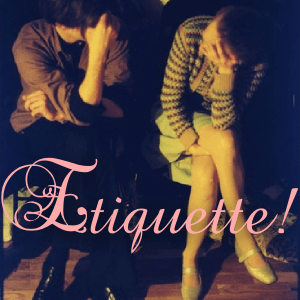
Tango is not only romantic, it is sublime. It involves every dimension of our being, at once and in sync with another person. Once dancers experience fluid connection, we want it again, more consistently, and in an ever-growing range of moves.
We often find 3-12 minutes of bliss with a stranger, but after one hour of dancing with a partner we’ve already found the places that don’t work. We desperately want to smooth them and we often think we know how.
And it is because tango is so connected, intimate, and comprehensive that we yearn to be able to speak across its sacred silence. We yearn tell our partner about the problems, to be listened to about solutions, to be trusted in the realm of problem solving to the same degree we have been trusted in the miracle of our bodies moving as one.
This often does not go well.
Somehow, in tango we are especially vulnerable to criticism. Perhaps it is because dancing tango means working at about 125% of not only our physical capacities, but our intellectual, emotional, and even spiritual ones as well. In what other moment of our life is so much of ourselves on the line?
Moreover, tango demands and enables us to inhabit masculinity and femininity intensely — perhaps more intensely than we have ever been able to do before. When we are already over the line, beyond our limits, in a zone of masculinity or femininity very close to our fantasies, criticism seems to strike not at a step, but at our very being.
Ideally we would give feedback communicating our faith in the other’s capacity and our desire to share it with them, and receive it with the same faith in ourselves. But this is very easy to say.
The precision and passion of our analysis of the dance can distract us from the big picture of the relationship, and it can really be a struggle to keep things in perspective.
Between contentious practice sessions the milongas –promising and torturous– provide tension. Leaders’ right to choose their partners leaves followers feeling dependent and powerless. Intense connections on the dance floor can be perceived as flirtations. Status and hierarchy are discrete, yet still blatant. Again, we strain the edges of our joy to extraordinary vulnerability.
If you’re facing these challenges, talk to your teacher about strategies, and ask other couples for advice. I’ve been doing this and I’ll keep updating this post with the best ideas I hear.
- In practice sessions, give feedback to your partner with as much care as you would to a paying private lesson student.
- Write contracts to make clear how your tango relationship works. Even (especially?) if your tango partner is your romantic partner, write an agreement about how it’s going to work, clarify expectations and make plans for conflict resolution.













